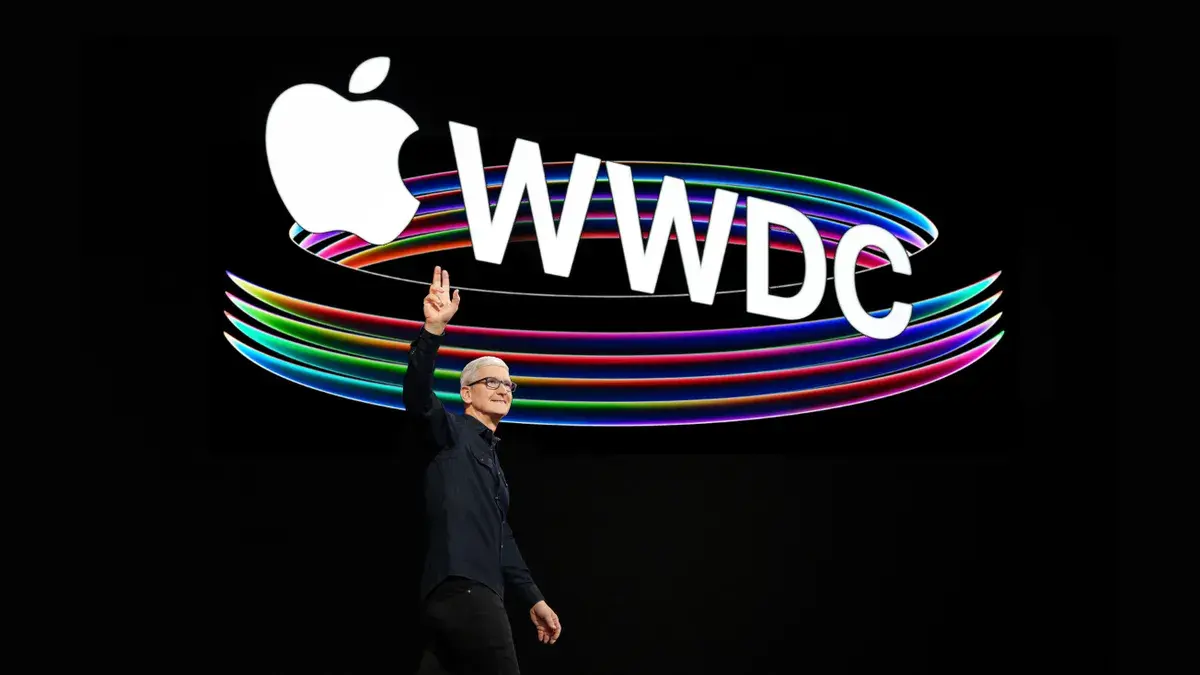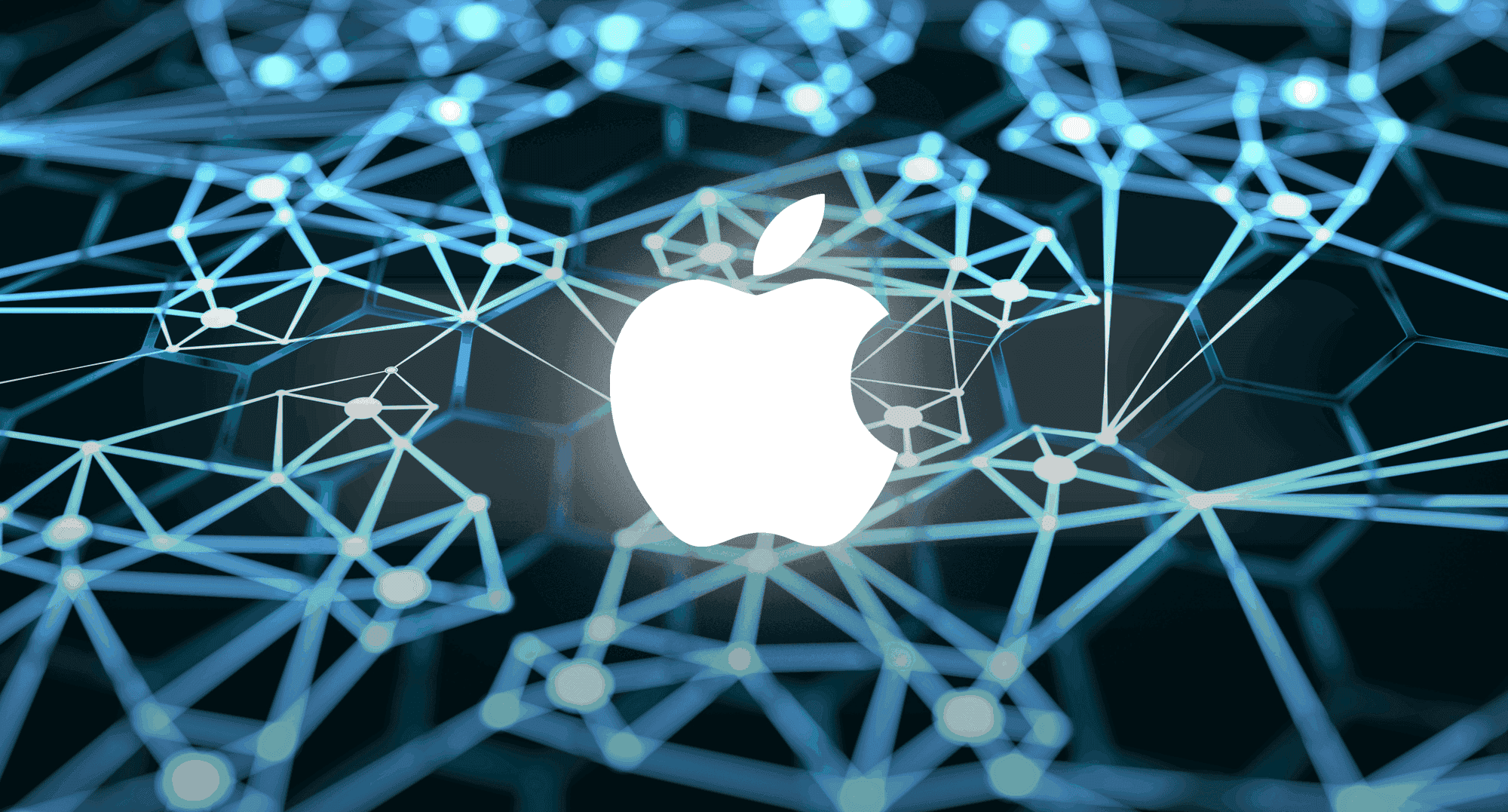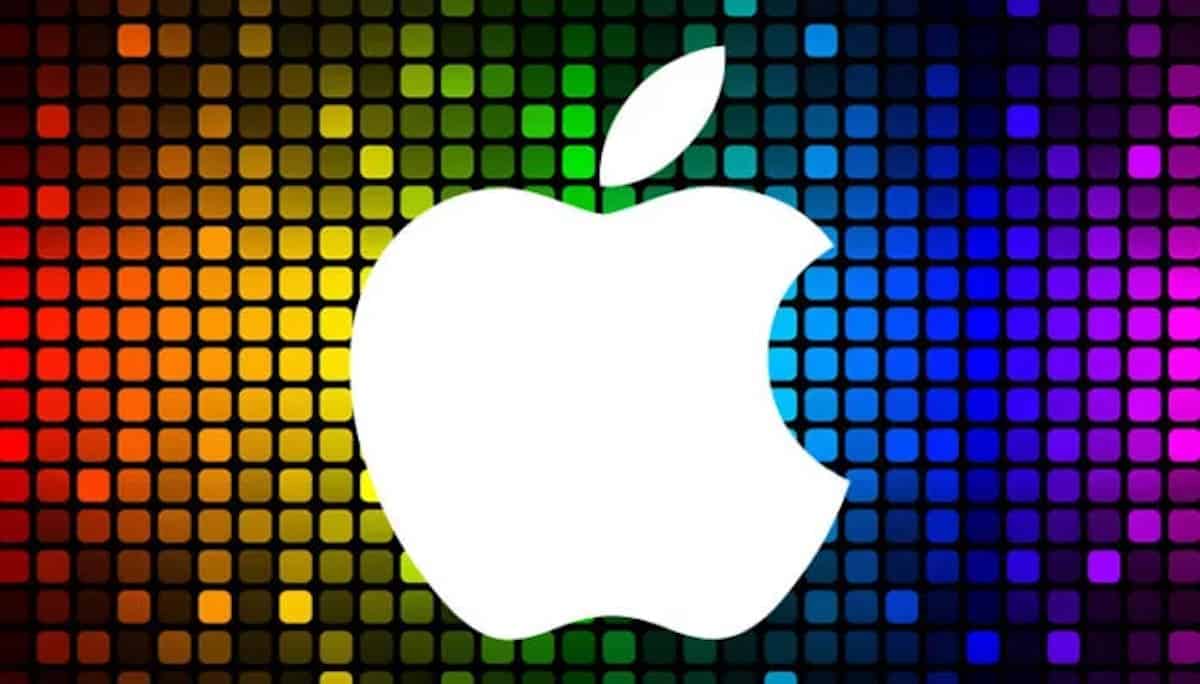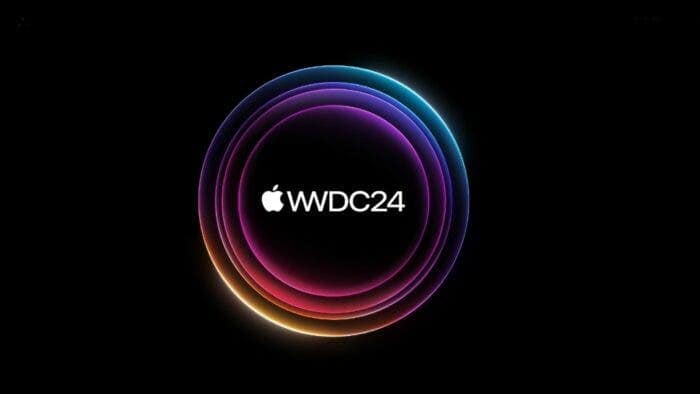Apple’s Worldwide Developers Conference (WWDC) is a yearly event that ignites excitement in the tech industry. This year, WWDC 2024, promises to be no different. Scheduled for the week of June 10th, the conference will be a hybrid affair, offering online access for all developers alongside a limited in-person component at Apple Park. As the date approaches, anticipation builds for the potential announcements, software advancements, and innovative leaps Apple might unveil. Let’s delve into the heart of WWDC 2024, exploring likely announcements, analyzing their impact, and peering into the future of technology as envisioned by Apple.
Apple WWDC 2024: A Glimpse into the Future of Technology

A Focus on Software: The Powerhouse of Apple’s Ecosystem
While whispers of new hardware occasionally surface, WWDC is primarily a software showcase. Here’s where Apple unveils the much-awaited updates for its core operating systems—iOS, iPadOS, macOS, watchOS, and tvOS. This year, the spotlight is expected to shine brightest on iOS 18, the next iteration of the iPhone’s operating system. Rumors suggest a significant push towards Artificial Intelligence (AI) integration. Apple, known for its cautious approach to AI implementation, might finally be ready to unveil features that leverage the power of machine learning. Whispers of a collaboration with AI giants like Google or Baidu to incorporate cloud-based AI capabilities have further fueled speculation. This could potentially revolutionize user experiences on iPhones, with features like smarter personal assistants, improved image and voice recognition, and context-aware automation.
iPadOS, the operating system designed for Apple tablets, is also expected to receive a major update. With the line between iPads and laptops increasingly blurring, features that enhance multitasking and productivity tools are likely on the agenda. This could involve a revamped dock for easier app access, improved window management tools, and more robust file handling capabilities.
macOS, the operating system powering Apple computers, is rumored to be getting a facelift in the form of macOS 15. While specifics remain under wraps, potential improvements could include a revamped user interface, enhanced security features built upon Apple’s proprietary chips, and deeper integration with other Apple devices through improved continuity features.
Beyond Smartphones: Innovation Across the Spectrum
While the spotlight often falls on iOS, Apple’s other operating systems are poised for advancements as well. watchOS, the software powering the Apple Watch, might receive features focused on health and wellness. This could include advanced sleep tracking, stress monitoring, or even integration with medical devices. tvOS, the software driving Apple TVs, could witness improvements in its content discovery and recommendation algorithms, making it easier to navigate the ever-growing streaming landscape. Additionally, Apple’s rumored AR/VR headset, currently under development under the codename “Sight,” might receive a sneak peek, offering a glimpse into the future of mixed reality experiences.
Impact on the Tech Industry: Setting the Bar for User Experience
The impact of WWDC extends far beyond Apple’s own product line. Apple’s focus on user experience and seamless integration across its ecosystem often sets a benchmark for the broader tech industry. This year’s advancements in AI integration, if realized, could prompt other companies to prioritize similar features. Similarly, a revamped iPadOS could further blur the lines between tablets and laptops, pushing PC manufacturers to innovate in design and functionality. Moreover, Apple’s rumored AR/VR headset, if unveiled, could ignite a race towards developing user-friendly and accessible mixed reality experiences.
Consumer Expectations: A Balancing Act
Consumers eagerly await WWDC, hoping for features that enhance their experience with Apple products. This year, the focus on AI has generated excitement for features that personalize experiences, automate tasks, and improve overall user convenience. Additionally, consumers with an eye on productivity will likely be looking forward to potential improvements in multitasking capabilities on iPads and Macs. However, with any update comes a period of adjustment. Consumers might face a learning curve as they adapt to new features and potentially redesigned interfaces.
A Look Ahead: Unveiling the Future, One Keynote at a Time
The upcoming WWDC is a significant event, not just for Apple enthusiasts, but for the tech industry as a whole. While the exact details remain under wraps until the keynote address, one thing is certain: Apple has the potential to unveil advancements that will shape the future of technology. From AI-powered innovations to potential glimpses into the world of AR/VR, WWDC 2024 promises to be a glimpse into the future, a future where technology seamlessly integrates with our lives, making them more efficient, productive, and perhaps even a little bit more magical.

Beyond the Headlines: Unveiling the Nuances of WWDC 2024
While the major announcements at WWDC are sure to capture the headlines, several other aspects deserve attention. Here’s a deeper dive into some of the nuances that might unfold at the event:
The Developer Focus:
WWDC isn’t just about flashy announcements; it’s a developer conference at its core. Apple will unveil new tools and frameworks that empower app developers to create even more innovative and engaging experiences. This could include advancements in augmented reality (AR) development tools, improved APIs for integrating health data from Apple Watch into apps, and a renewed focus on developer security. These behind-the-scenes changes will ultimately impact consumers by leading to a richer and more diverse app ecosystem for Apple devices.
The Security Tightrope:
Apple is renowned for its focus on user privacy and security. However, implementing AI features often raises concerns about data collection and usage. At WWDC, it will be interesting to see how Apple addresses these concerns. Will they offer clear explanations on data handling practices? Will they introduce new privacy controls for AI-powered features? The answers to these questions will be crucial in maintaining user trust and ensuring the responsible implementation of AI.
The Ecosystem Effect:
Apple’s strength lies in its interconnected ecosystem of devices and services. WWDC will likely showcase how upcoming software updates will further strengthen these connections. For instance, improved Handoff features might allow users to seamlessly transition tasks between devices. Siri integration across different platforms could become more unified, offering a consistent user experience regardless of the device being used. These subtle improvements are what truly elevate the user experience within the Apple ecosystem.
The Dark Horse: Hardware Surprises
Although WWDC is primarily a software showcase, there’s always a chance for hardware surprises. Rumors abound about a redesigned Apple Watch, potentially sporting a thinner profile and a new magnetic band system. Updated AirPods with improved noise cancellation and health-tracking features might also make an appearance. While these announcements wouldn’t steal the show, they would cater to specific consumer segments and showcase Apple’s continued commitment to hardware innovation.
The Intrigue of Unknowns:
The beauty of WWDC lies in its potential for surprises. Apple often keeps its most innovative ideas under wraps until the keynote address. This year, could be the year they finally unveil the long-rumored AR/VR headset, codenamed “Sight.” Or perhaps they have a completely unexpected product or service in the works. The element of surprise is what keeps tech enthusiasts and industry analysts glued to their screens during the keynote, waiting for the next big thing.
WWDC 2024: A Catalyst for Change
In conclusion, WWDC 2024 promises to be a pivotal event, not just for Apple, but for the tech industry as a whole. The potential advancements in AI, the focus on developer tools, and the continued evolution of the Apple ecosystem all point towards a future where technology becomes increasingly sophisticated and seamlessly integrated into our lives. While specific details remain shrouded in secrecy, one thing is certain: WWDC 2024 has the potential to be a catalyst for change, shaping the way we interact with technology and pushing the boundaries of what’s possible. The upcoming weeks will be filled with anticipation as we wait for the keynote address, and with it, a glimpse into the future envisioned by Apple.

Wish List for Apple’s Next Generation Operating Systems:
iOS 18:
- Smarter Siri: Improved voice recognition and context awareness, allowing for more natural interactions and proactive assistance.
- App Widgets Everywhere: The ability to place widgets on the home screen for any app, not just Apple’s pre-selected ones.
- Advanced Focus Modes: Customizable focus modes that adjust notification settings, app availability, and background activity based on user needs (work, sleep, exercise).
- Health Integration with Apps: Improved APIs allowing health data from Apple Watch (sleep, heart rate) to be integrated with fitness and wellness apps.
- Interactive Lock Screen: Live widgets and notifications displayed directly on the lock screen for a more glanceable user experience.
- Always-On Display: A customizable always-on display showcasing essential information like time, date, notifications, and potentially even low-power widgets.
- Advanced Photo Editing: Built-in photo editing tools with features like layer editing, selective adjustments, and RAW image support for users who crave professional-level control.
- Offline Siri Enhancements: Improved offline functionality for Siri, allowing basic voice commands like setting alarms or making calls even without an internet connection.
- App Tracking Transparency 2.0: Greater user control over app tracking, allowing users to choose which data points each app can access.
- Interactive Notifications: The ability to interact with notifications directly on the lock screen, such as replying to messages or controlling music playback.
iPadOS 18:
- True Multitasking: The ability to run multiple full-screen apps simultaneously, with easy window management tools for resizing and rearranging.
- External Display Support: Improved functionality for using iPads with external displays, allowing for true desktop-like experiences with independent app windows on each screen.
- File Management Overhaul: A more robust file management system with features like drag-and-drop functionality, better file organization tools, and external storage support.
- Apple Pencil Enhancements: New gestures and tools for the Apple Pencil, making it a more powerful note-taking and creative tool.
- Desktop-Class App Support: Optimized versions of popular Mac apps available for iPad, further blurring the lines between tablets and laptops.
- App Library: An app library similar to iOS, allowing users to organize apps across multiple home screens for a more clutter-free experience.
- Drag-and-Drop Between Apps: Seamless drag-and-drop functionality between different apps, allowing for easier data transfer and content manipulation.
- Keyboard Customization: Advanced keyboard customization options like split-screen keyboards with multi-language support and third-party keyboard themes.
- Cloud Gaming Integration: Integration with cloud gaming services like Apple Arcade or GeForce Now, allowing users to play high-end games directly on their iPads.
- External Monitor Touch Support: Touchscreen functionality on external displays connected to iPads, enabling a more intuitive experience for design and creative workflows.
macOS 15:
- Revamped User Interface: A modernized user interface that takes advantage of Apple’s M-series chips, offering smoother animations and a more streamlined design.
- Enhanced Security Features: Leveraging Apple’s custom silicon for improved security measures and system integrity protection.
- Advanced App Sandboxing: Improved app sandboxing to further isolate apps and prevent malware infections.
- Customizable Control Center: Allow users to personalize the Control Center with frequently used functions and app shortcuts.
- Improved Continuity Features: Seamlesser integration between Mac and other Apple devices, allowing for easier handoff of tasks and file sharing.
- Window Snapping: A window snapping feature similar to Windows or Linux, allowing users to easily arrange windows side-by-side or maximize them to specific portions of the screen.
- Picture-in-Picture Enhancements: Enhanced picture-in-picture functionality that allows users to resize the picture-in-picture window and interact with it while working on other tasks.
- Terminal Improvements: Advanced features and customization options for the Terminal app, catering to developers and power users.
- Universal Clipboard History: Access to a universal clipboard history, allowing users to easily recall and paste previously copied text or images across all Apple devices.
- Improved App Permissions: Granular app permission controls allowing users to choose the specific data each app can access on their Mac.
watchOS 11:
- Advanced Sleep Tracking: More detailed sleep analysis with insights into sleep stages, REM sleep, and potential sleep disturbances.
- Stress Monitoring: Features to monitor stress levels throughout the day, with personalized recommendations for relaxation and mindfulness techniques.
- Blood Sugar Tracking: Integration with non-invasive blood sugar monitoring devices. Allowing diabetics to track their glucose levels directly from their Apple Watch.
- Customizable Watch Faces: Greater user control over watch face design, allowing for custom complications and data displays.
- Improved App Functionality: Expanded capabilities for watch apps, allowing for more complex interactions and functionalities directly on the wrist.
- Fall Detection Enhancements: Improved fall detection algorithms with the ability to differentiate between accidental falls and deliberate movements.
- Customizable Workouts: The ability to create custom workout routines with specific exercise intervals and rest periods directly on the Apple Watch.
- Medication Reminders: Medication reminders with visual notifications and the ability to log adherence directly on the watch.
- Handwashing Detection: Automatic handwashing detection that tracks duration and reminds users to wash their hands for the recommended time.
- Advanced Activity Tracking: More detailed activity tracking metrics, including distance traveled during workouts and elevation gain.
tvOS 18:
- Smart Content Recommendations: A more intelligent recommendation engine that learns user preferences and suggests content based on viewing habits.
- Universal Search: A central search function that allows users to find content across all streaming services available on Apple TV.
- Live TV Integration: Integration with cable or satellite TV providers, allowing users to access live TV channels and manage recordings directly through Apple TV.
- Multi-user Profiles: Individual user profiles with personalized recommendations, watchlists, and viewing history.
- Fitness App Integration: Integration with Apple Fitness+ app, allowing users to control workouts and view fitness data directly on their TV screen.
- Live TV Guide Integration: Integration with electronic program guides (EPGs) from cable or satellite providers. Offering a more traditional TV viewing experience.
- Family Sharing Enhancements: Improved family sharing features to create child profiles with parental controls on content access and viewing times.
- Picture-in-Picture for Multiple Apps: The ability to have multiple apps in picture-in-picture mode. Allowing users to watch live TV or other content while simultaneously browsing the web or using another app.
- HomeKit Integration: Integration with Apple’s HomeKit smart home platform. Allowing users to control smart home devices directly from their Apple TV.
- Game Streaming Controller Support: Support for a wider range of game streaming controllers. Providing a more console-like experience for cloud gaming services.
This list represents just a glimpse of the features users might be hoping for in the next generation of Apple’s operating systems. WWDC 2024 will reveal which, if any, of these wishes become reality.





